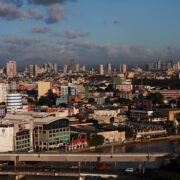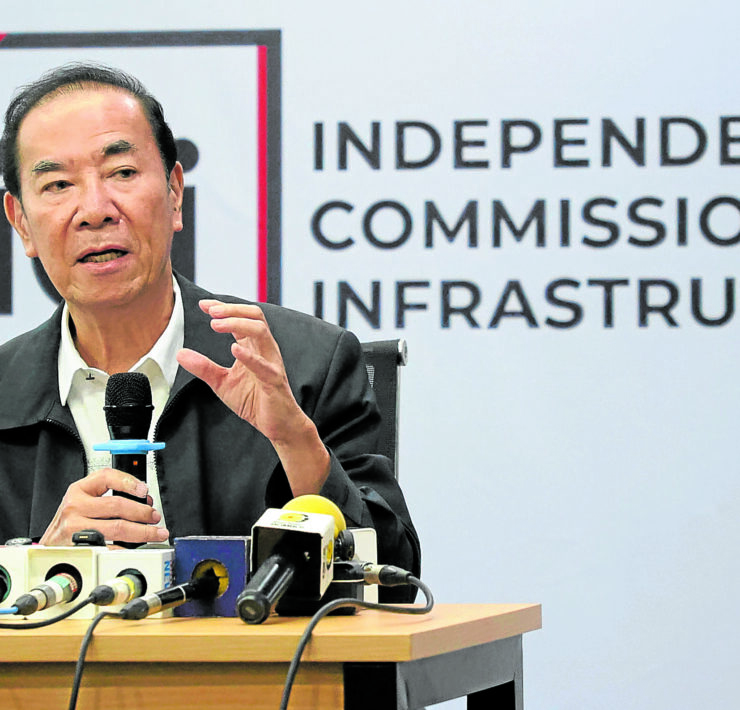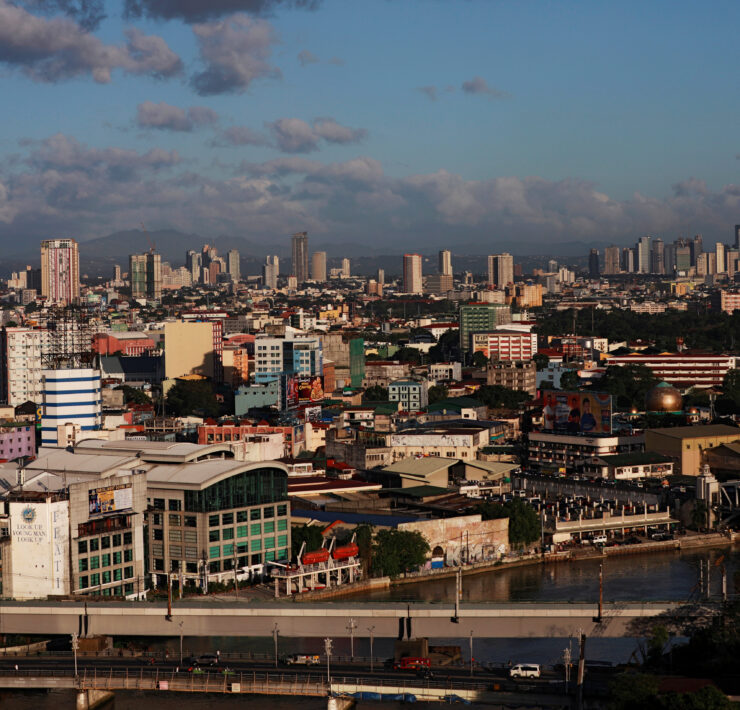In Cordillera, smartphones drive learning despite poor signal

BAGUIO CITY—Despite the region’s rugged mountain terrain and limited signal coverage, most Cordillera residents now own smartphones, which they use not only for communication and entertainment but increasingly for education and livelihood, according to the latest National ICT Household Survey.
In 2019, before the COVID-19 pandemic, 61.9 percent of Cordillera households used smartphones. That figure rose sharply to 89.1 percent in 2024, said Aldrin Federico Bahit Jr., Cordillera chief statistician at the Philippine Statistics Authority.
“Smartphones have become part of a household’s livelihood in the highlands, not just another device for watching Netflix or uploading videos to Instagram or TikTok,” Bahit said during the Sept. 25 presentation of the survey.

While 98.7 percent of Cordillera internet users in 2024 accessed social media—up from 94.6 percent in 2019—and 90.1 percent used the internet to download entertainment (up from 33.8 percent), the survey also noted that more residents were using the internet for productive purposes.
The percentage of users relying on the internet for school-related research grew from 46.3 percent in 2019 to 57.7 percent in 2024. Use of the internet for work increased slightly from 29.5 to 30.5 percent, and usage for business or trade also grew from 29.5 percent to 30.5 percent over the same period.
The 2020 national census recorded Cordillera household internet access at 62.8 percent, largely due to inconsistent telecommunications signals in remote areas of Ifugao, Apayao, Abra, Kalinga, Benguet and Mountain Province.

Budget reallocation
However, improvements under the National Broadband Plan have helped increase coverage. Fiber-optic cables have now reached urban centers like Baguio City, where residents have reliable Wi-Fi access.
The rest of the region may soon benefit from broadband redistributed via wireless signals to meet the Department of Information and Communications Technology’s (DICT)five-year goal of region-wide coverage.
DICT Cordillera Director Jimmicio Daoaten said the agency may benefit from over P200 billion reallocated from flood control projects removed from the proposed 2026 General Appropriations Act, which could support continued expansion of free Wi-Fi sites across the region.
“Our five-year target is to expand Cordillera internet access to all provinces,” Daoaten said.
One of the most notable findings of the 2024 survey was that 24.6 percent of internet users in Cordillera now sell goods online to earn a living.
According to Adamae Joy Simeon-Estong, senior trade development specialist of the Department of Trade and Industry (DTI)-Cordillera, “clothing, footwear, sporting goods and accessories” were the most frequently bought and sold items online, followed by cosmetics and consumer electronics.
Simeon-Estong noted that e-commerce is growing rapidly and is expected to reach a gross merchandise value of $150 billion by 2030. She said the DTI may step in to help increase the online visibility of entrepreneurs in the upland provinces.
Although this was not part of the 2024 ICT survey, Bahit had earlier cited in a different forum a 2022 report from the 49th Annual Survey of Philippine Business and Industry that found home-based businesses and small enterprises earned P355 million after reopening online during the pandemic in 2020.
This trend may help explain the widespread adoption of smartphones and other internet-capable devices in the region.

In-person shopping
However, the survey also revealed continued reluctance to adopt electronic payment methods. Most respondents still preferred cash-on-delivery for online transactions, citing security concerns. In fact, 59.1 percent said they avoided e-payments due to fear of fraud or data breaches.
Interestingly, the number of Cordillerans who preferred to shop in-person rather than online rose sharply, from 38.9 percent in 2019 to 80 percent in 2024.
The survey also showed that cybercrime remains a major concern. In 2024, 42.8 percent of Cordillera residents who used smartphones or ICT devices reported experiencing cyberattacks, up from 36.6 percent in 2019. Among these, text message scams were the most common, affecting 63 percent of users—up from just 19 percent in 2019.
As for emerging technologies, the survey found that only 29.2 percent of internet users in the region accessed artificial intelligence (AI) applications in 2024, although 43.1 percent said they felt safe and comfortable with AI. Scholars saw this as a positive indicator.
Dr. Thelma Palaoag, vice president for research and innovation at the University of the Cordilleras, said that with nearly half of Philippine households now connected to the internet, AI technology is already becoming part of daily life.
“Cordillera students and communities are positioned to be early integrators of AI,” she said, adding that universities should start incorporating AI in their curricula to better prepare the region’s youth for future opportunities.





















